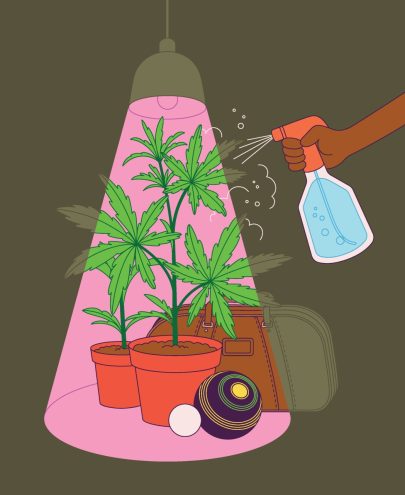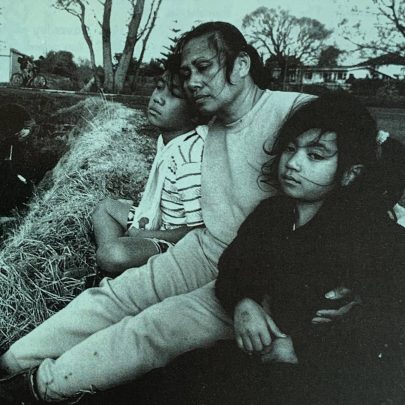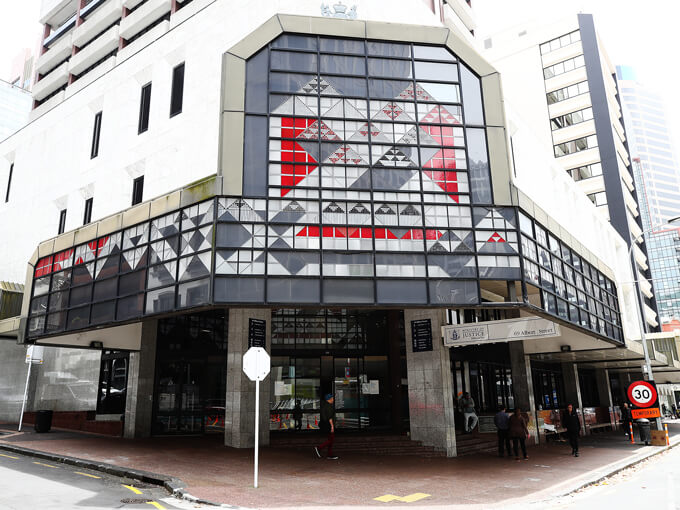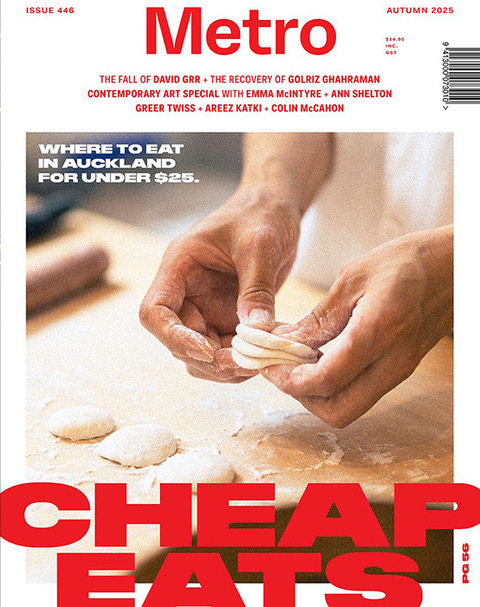Apr 24, 2014 Crime
On and on it goes, a crime wave like nowhere else, washing up on the shore of a pretty harbour city in south Canterbury. “A Timaru woman, 25, was served a trespass notice at New World in Wai-iti Rd.” And: “A 25-year-old Timaru man was arrested for shoplifting from Pak ‘N Save.” Is any supermarket safe in Timaru? No. “A supermarket trolley was stolen from Countdown in Church St.”
The bulletins are courtesy of the Timaru Herald’s wonderful series, “Police Notebook.” No other newspaper reports its petty crimes with such style. The journalism I love the most reads like sentences spoken in a dream — strange images, disconnected thoughts, random happenings and weird occurrences which may or may not be packed with hidden meaning. “A Marston Rd resident reported someone threw a wooden rolling pin at his window.” A wooden rolling pin! Who walks around with a wooden rolling pin? One moment, a kitchen utensil describing an arc as it flies through the air; the next, the world tipped on its axis. “A Wilson St resident reported his vehicle had been tipped sideways.”
Every crime, a sentence; every sentence, a little masterpiece of brevity and accuracy, at once banal and surreal. Most journalism is either too long or leaves out too much. “Police Notebook” is exact. It leaves out almost everything. You can only guess at the rest, and view it with wild surmise.
“A 50-year-old woman lost control of her 2013 Mercedes, crashing it into a fence on Treneglos St.” The expensive new motor, the boring street in an industrial estate — was she running from something? At 50, will she ever escape? “A Timaru boy, 16, was arrested for wilful damage after he went to the address of his ex-girlfriend’s new boyfriend and smashed the door.” Love and loss and teenage angst. A door can be fixed, but how do you mend a boy’s broken heart?
Crime often reads like a map of the human heart. It’s a scarred landscape, a smoking ruin. “A Timaru youth, 18, was arrested for assault after a domestic incident outside Timaru Hospital.” That sounds ugly — the bash, young love gone bad, patients shuffling in their gowns. This sounds worse: “A 14-year-old Timaru girl was arrested for assaulting her mother.”
Every reporter writes these kinds of stories when they’re assigned to ring around the local police stations and ask for a record of the latest incidents. I wrote those kinds of stories for newspapers in Te Aroha and Greymouth, and a Palmerston North radio station. But they weren’t in the same class as the Timaru Herald’s “Police Notebook”. I only selected the most dramatic, the most uncommon. It was a kind of snobbery.
“Police are looking for a woman who allegedly vomited into a Crusaders hat.”
“Police Notebook” publishes everything. It’s epic, a complete register. It walks the length of Stafford St. Thus: “Police arrested a Timaru woman, 37, for shoplifting jeans from a Stafford St store.” And: “A Timaru man, 22, will be given a pre-charge warning for urinating in Stafford St.” Also: “Police are looking for a woman who allegedly vomited into a Crusaders hat yesterday afternoon in a shop on Stafford St.”
The latter incident prompted a rare additional sentence — the woman put the hat back on the shelf, and left the store. It was written with the usual economy of style. The weight and length of the lines often resemble verse. A year ago I compiled a few sentences from the “Notebook”, and sent them as a poem to Wellington poet Bill Manhire for his appreciation. The little words, the repetitions, the dying fall… He gave it high marks. It reads:
A handbag and chocolates were taken from a Chalmers St address.
A 24-year-old man was warned
for breaching the liquor ban in Stafford St.
A 30-year-old woman was warned
for breaching the liquor ban in Stafford St.
A bicycle was reported stolen from
a garage on Rathmore St.
A Baker St property was entered
but nothing was taken.
Timaru, Timaru. You have to be careful what you say about Timaru. It’s a sensitive place. There were two alarming instances when the townspeople rose up and took umbrage at the Listener. In 1964, Timaru was the answer to a clue in the magazine’s cryptic crossword: “You may call it a rum city.” Rum! What the devil was the Listener trying to say? The magazine was accused of blackening the city’s name, and suggesting it was awash in grog. The matter was raised in Parliament, where all umbrages go to die.
In 2003, journalist Denis Welch and photographer Jane Ussher created a photo essay on the sad, tender charms of Timaru’s Caroline Bay; Timaruvians hated it so much that they staged a mass bonfire of the magazine. I recall a photo of leering faces in the glow of the flames.
I come in peace. My ode to the “Police Notebook” is sincere, admiring. Irony only takes you so far — barely across the road — and there are so many other things going on in the “Notebook” beyond the merely ironic. “A two-year-old girl was found wandering around King St in the weekend.” God almighty. And what to make of this creepy little message? “A house in Thomas St was entered overnight on Saturday and two candles lit in the hot water cupboard.”
I’m very fond of Timaru. I visited a number of times with my father when he lived in nearby Fairlie. It’s a good place; you’d have to describe it as peaceful. It’s not every day that women fill a Crusaders hat with sick and stick it back on the shelf. Every city has its crimes, its petty incidents, its inexplicable minor events. It’s just that they’re written better in the Timaru Herald than anywhere else.
“A Temuka man, 18, was warned for setting fire to a paper cup outside a fast food restaurant in Theodosia St.”
Part of its elliptical charm is its name-lessness — the “Notebook” records the actions of phantoms, and is light on clues. “There was an attempted burglary at an Oxford St address. An occupant made the discovery after finding a shoe print on the toilet cistern.” At most, we learn of gender, age, and residence. “A Temuka man, 18, was warned for setting fire to a paper cup outside a fast food restaurant in Theodosia St.”
On and on it goes, the “Notebook” noting all. Greed and probably poverty: “A woman was arrested after stealing oysters and lollies from Countdown.” Bored youth and broken glass: “A front bedroom window in a Selwyn St house was smashed when a water balloon was thrown at it.” Odd that a water balloon would prove more effective than a wooden rolling pin. We cross live to a weird arson: “A car was found on fire in St Andrews. A 35-year-old Tinwald man was located nearby. It appeared he had accidentally set the vehicle on fire.” What?
A kind of melancholy sets in when you read older entries in the “Notebook”. This, from May 2011: “A boy, aged about 15, stole two pouches of tobacco from a dairy in North St. The owner chased the boy but lost him when he turned into an alleyway.” The thief will be 18 this year. Is he okay? Or is he further along the road to ruin?
October 2009: “A 29-year-old Timaru man was arrested for offensive behaviour after he was found urinating outside Cheng’s Restaurant.” Five years on, what does he feel whenever he walks past Cheng’s on Stafford St? Shame? The urge to piddle?
March 2009: “A dining table was stolen from a Browne St address.” Five years on, did they ever replace the table, or do they just walk around the corner to Cheng’s and take advantage of its marvellous $5 lunch special with free soup?
The online archive stops in 2009. But a version of the “Notebook” existed in the very first edition of the Timaru Herald, in 1864. A court report includes a single-sentence entry which records the name of the ancestor of everyone who breaches the liquor ban on Stafford St: “William Young was fined for being drunk and incapable in Timaru on Saturday evening.” A paper cup in flames, a hat full of sick, the incapable William Young — misdemeanour and literature, dancing together in Timaru for 150 merry years.
Illustration: Tane Williams.





